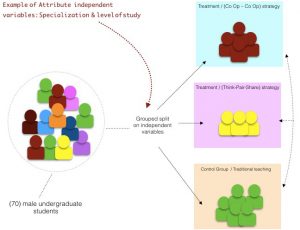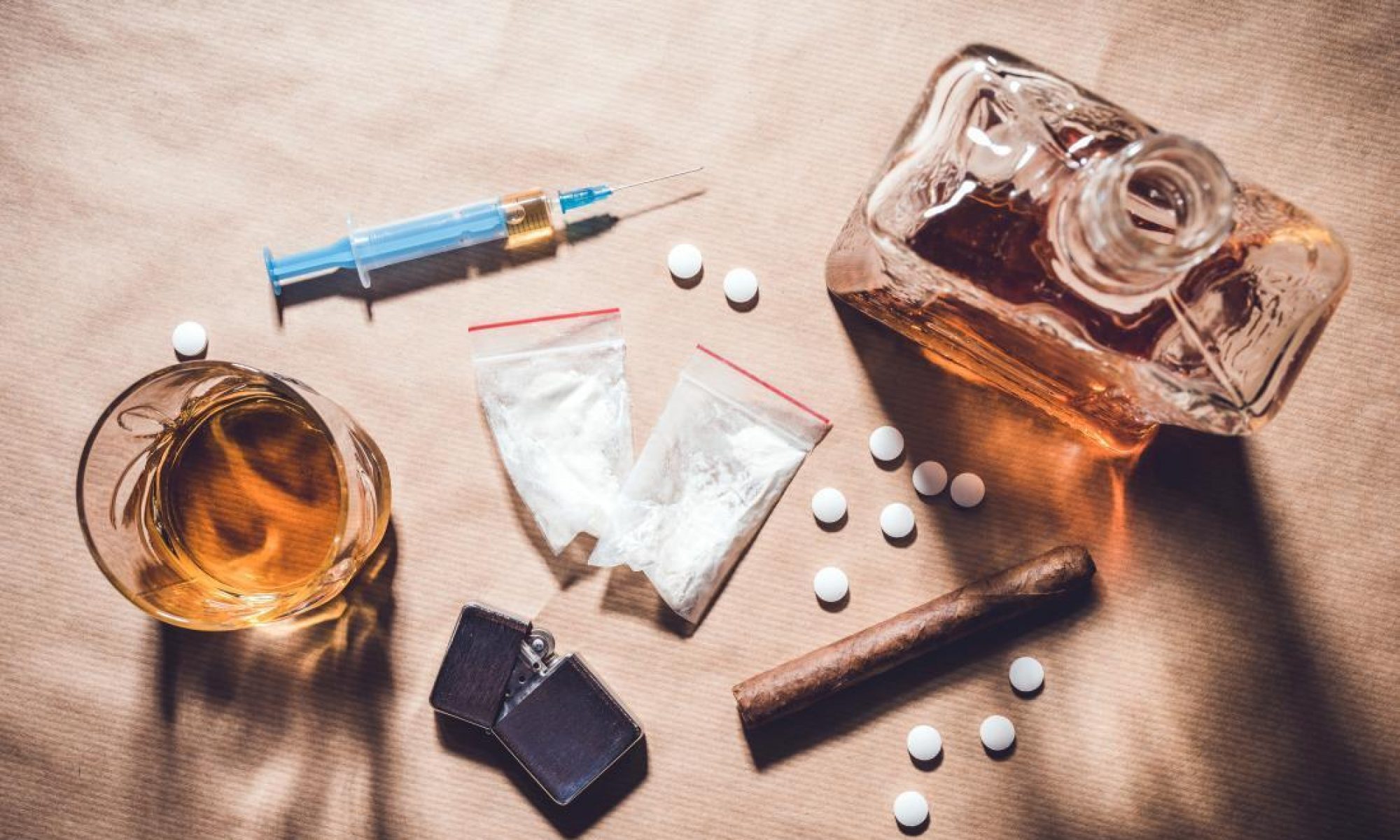Assign groups
In this experiment, there will be three groups of treatment that I Can Model has to offer. Since people are allowed to choose the type of treatment they want to admit themselves in, we will go off the groups that have already been made. This study would last for 5 years.
- Outpatient: The first group would be the patients that are only being prescribed to MAT (medically assisted treatment). Intercommunity health for MAT they use suboxone, which is a prescription opioid used to treat opioid use disorder, it can be used under the tongue, in the cheek, by injection, as a skin patch, or as an implant.
- In-Patient + MAT: The second group of people will be the ones who are prescribed to MAT and have entered themselves in a 28-day program or a 90-day program.
- In-Patient: Then the third will be the ones who are only entering a 28-day program or a 90-day program without using MAT.
This will measure the effectiveness of treating the whole person versus not. I Can is known to have that special element of treating the whole person. Therefore, this experiment will show if treating the whole person will help them with opioid dependence. These three groups will be compared to another treatment facility in which they offer the same type of programs but do not provide the same uniqueness of treating the whole person that the I Can Model has. It will be compared to the United Recovery Project that is also located in Hartford, Connecticut.

Data Collection
There will be a survey used for the self-reporting aspect. The survey will consist mainly of questions related to the effect the treatment has had on their lives and if any obstacles had occurred since in treatment to remain opioid independent. Some sample questions:
- When was the last time you had an opioid overdose?
- How many relapses have there been since your last self-report?
- What has helped you not misuse opioids?
Secondly, a urine test will be administered to measure if the person is currently using or has used it in the past couple of days. In order to make sure that the patient is truthful in their responses on the self-reporting survey, talking to their families/friends or significant others will help reaffirm how the process has been for those who are outpatients (if they report that they have those relationships). If the patient is in treatment outside family members or significant others can provide information on how the patient is doing after a treatment. Therefore, when contracting a family member or significant other, there will be a short conversation asking what they have seen in the patient’s journey. This component will only be used for patients who have reported these relationships.
Thirdly, looking into hospital records will indicate who has died from an opioid overdose. Hospital reports will provide information on whether someone died or had been admitted to the hospital for an overdose.
Since this study will run for five years there will be self-reported surveys every month. This way we are also able to follow up without the patient forgetting about the study. In addition, the urine test will happen every four months starting when the patients enter the program. And as for the follow up with the patient’s family members, it will also be every four months. After each year, there will be an interactive interview with the patients. This interview will involve more personal questions to the patient about what has been working for them verse not. This survey will allow us to see the effects of treating the whole person and whether or not it is useful for a patient to fight opioid substance abuse.
Outcomes
Between the three groups will compare the number of relapses, the number of overdoses and deaths. Through all treatments, we do not expect someone to be completely sober as it’s very common to come out of treatment and have a relapse, especially if you do not have a strong support system. The number of relapses that someone has gone will indicate if the treatment helped in decreasing the number of relapses. Furthermore, the number of overdoses, the fewer overdoses someone has will indicate an improvement in having opioid dependence.
Lastly, the number of deaths will indicate which treatment was less successful. Having death from an OD as an outcome will be interesting to look at because of the uprising access to NARCAN, which an opioid antagonist used for the complete or partial reversal of opioid overdose. Therefore the two main outcomes are:
- Number of overdoses
- Number of relapses
- Number of deaths
To measure this, there will be an Opioid-positive urine test result in the initial first month during recovery, then mid-year and the end of the year. This will repeat for the five years of the duration of the study. Opioid positive urine test is invasive; however, this provides evidence if someone is providing false in the self-reporting surveys. We understand the circumstances these individuals are in. Therefore, we suggest providing an incentive which will be determined by InterCommunities budget for the study, when people take the urine test.
Maintaining Involvement Ideas
- Use a primary survey to address contact information with the patients. Learning different modes to maintain contact with the patient to ensure followup. The survey would consist question of what type form of contacting they prefer the most.
- Using incentives
Some examples of incentives could be
- Cash
- Gift cards
- Basic necessities that these individuals might not have access to.
- Offering workshops as in how to be professional in works place or how to prepare for an interview or other workshops that will help them like how to cook. Workshops to get patients interested and involved.
- More information
We recommend gift cards because they are easier to distribute to a large population. The amount of the incentive that we recommend is either 15 to 20 dollars each time a patient provides a urine test. This will help encourage people to become involved in the study. This process will allow people to see the improvement of someone’s treatment. Long term studies allow a more complex study to see if the treatment is working for patients. If participants don’t show up to two consecutive drug tests, we will take that as them dropping out of the study.
